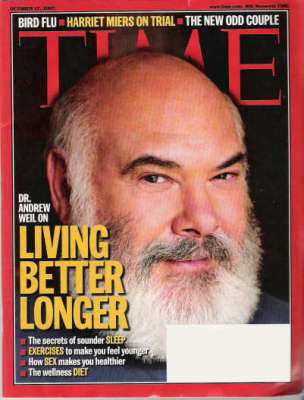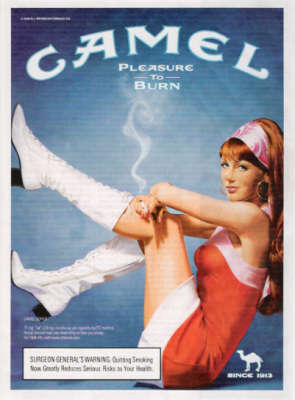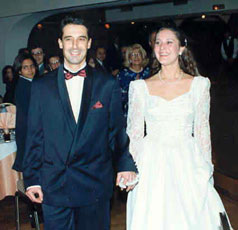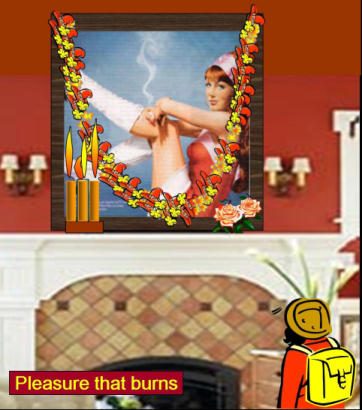
TIME Magazine's Health Hypocrisy


The cover of the October 17, 2005 issue of TIME magazine invites readers to learn about "living better longer." On page 13 of its next issue - October 24, 2005 - TIME encourages readers to "die sooner" by becoming chemically addicted to smoking nicotine - America's leading cause of premature death.
If nicotine is in fact more addictive and harder to beat than heroin or cocaine then why would any responsible magazine encourage readers to spend the balance of their life battling chemical dependency?
According to TIME magazine, "as long as the products in the ads are legitimate items of commerce - and as long as the ads are within the bounds of good taste - we accept them. And that includes cigarette ads."
Are more than 400,000 annual smoking related deaths, each an average of thirteen years early, within the "bounds of good taste"? Is intentionally encouraging young trusting TIME readers to toy with an extremely addictive chemical that TIME knows will very likely cost them their freedom, health and life "within the bounds of good taste"?
Who is R.J. Reynolds targeting with the above Camel ad and what message is being sent? Both TIME and RJR know that almost 90% of all new smokers continue to be children or teens. Does this ad teach young impressionable teenage girls that smoking will make them look cool? Does it teach immature teenage boys that smoking is their path to meeting pretty girls? If so, is this particular ad within the "bounds of good taste"?
How many invitations to smoke nicotine is TIME responsible for recording upon the minds of American youth? How many will it take before their cumulative weight leads to that one fateful "what the heck" moment? Tobacco's most respected marketing arm, how many youth does TIME annually help enslave? Does it care? Should it?
 Camel cigarettes cost Noni Glykos her life at age 33 years, 3 months and 11 days. She was fourteen when she started smoking and had no way of then foreseeing that she'd die of lung cancer within six months of giving birth to her only child, and within three years of getting married.
Camel cigarettes cost Noni Glykos her life at age 33 years, 3 months and 11 days. She was fourteen when she started smoking and had no way of then foreseeing that she'd die of lung cancer within six months of giving birth to her only child, and within three years of getting married.
Although clearly at the low end of the spectrum, Noni is far from alone. One-quarter of all adult smokers will die during middle-age. "Good taste"?
Consider sharing your thoughts in a TIME "Letter to the Editor." Letters can be e-mailed to letters@time.com, faxed to 1-212-522-8949 or mailed to TIME Magazine Letters, Time & Life Building, Rockefeller Center, New York, N.Y. 10020.
Isn't it nearing time for TIME to change teams?
Contact info:
John R. Polito
Editor WhyQuit.com

The above spoof on the R.J. Reynolds' "Pleasure to Burn" Camel ad featured in the October 24, 2005 issue of Time magazine was created by Dr. Pankaj Chaturvedi, a head and neck cancer surgeon practicing in Mumbai, India.

